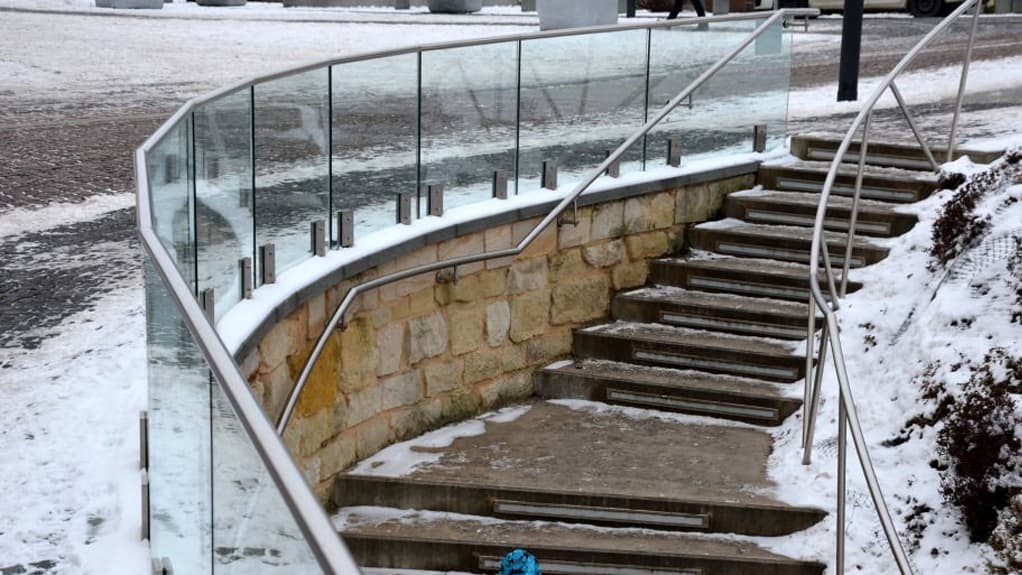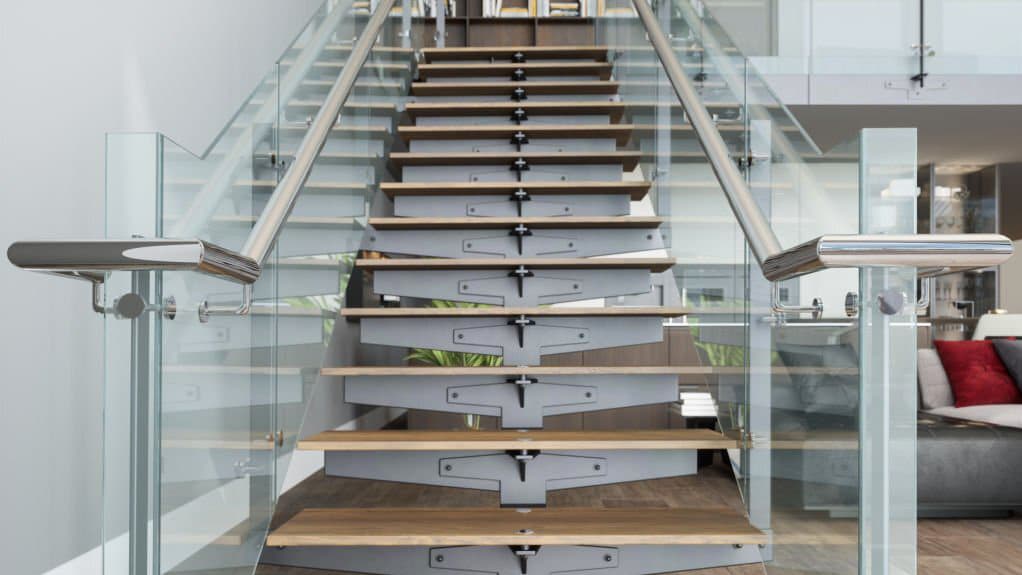What Is Stainless Steel?
Hello, world! Have you ever wondered about the shiny, sleek material that your kitchen sink, your wristwatch, or the railings at your office are made of? Yes, we’re talking about stainless steel. It’s one of those materials that’s woven into our daily lives in countless ways. But what exactly is stainless steel?
Table of Contents
Stainless steel is an iron-based alloy—think of an alloy like a cocktail of metals, but instead of a fruity mix, it’s a blend of iron, chromium, nickel, and other elements. The magic element here is chromium. It’s what gives stainless steel its defining feature: its resistance to rusting or staining. You know how an old bike left out in the rain goes rusty? Not our dear stainless steel, and we have chromium to thank for that!

Is Stainless Steel Waterproof?
Now, here’s the million-dollar question: Is stainless steel waterproof? In a nutshell, yes… but also, it’s a bit more complicated than that.
When we talk about something being ‘waterproof,’ we usually mean it won’t be damaged or negatively affected by water. In that sense, stainless steel is indeed waterproof. It doesn’t absorb water, swell up, warp, or dissolve like other materials might. But this doesn’t mean water can’t have any effect on it. It’s more accurate to say that stainless steel is highly water-resistant, rather than fully waterproof. It can resist the effects of water for an impressively long time, but under certain conditions, it might show signs of corrosion.
Our Unity Metal brand, for instance, specializes in manufacturing stainless steel railings. These are designed to withstand water exposure, making them an excellent choice for both indoor and outdoor use. The very fact that a product like a railing, which is often exposed to the elements, can be made from stainless steel, speaks volumes about its water-resistant properties.
What Does ‘Waterproof’ Really Mean?
So, if stainless steel isn’t fully waterproof, what does ‘waterproof’ mean? When we talk about a material being waterproof, it suggests the material won’t allow water to pass through it, and it won’t be damaged or affected by water at all. Like a duck’s back, water just rolls off, leaving it completely unscathed.
Now, we’ve already established that stainless steel isn’t impervious to water—it can, under certain conditions, corrode. But this is relatively rare, and it typically requires prolonged exposure to harsh conditions, such as saltwater, which has an uncanny knack for accelerating corrosion.
Corrosion Resistance: The Key to Understanding Stainless Steel and Water Interaction
Let’s dive a little deeper into this idea of corrosion resistance. Simply put, corrosion resistance is a material’s ability to withstand damage caused by oxidizing reactions—like rusting. It’s kind of like an armor that the material wears, protecting it from attack by corrosive substances.
The chromium in stainless steel is like the knight in shining armor here. When exposed to oxygen, chromium forms a thin, invisible layer of chromium oxide on the surface of the steel. This layer is what protects the material underneath from corrosion. The real kicker? If this layer gets damaged, it’ll repair itself as long as there’s oxygen present. Now, that’s what I call self-care!

Stainless Steel Grades and Their Relation to Water Resistance
Now, not all stainless steels are created equal. There are different ‘grades’ of stainless steel, each with slightly different compositions and properties. For example, 304 and 316 are two commonly used grades.
Grade 304 stainless steel is a general-purpose stainless steel—it’s kind of a Jack-of-all-trades. It’s resistant to a variety of corrosive environments, making it a popular choice for things like kitchen appliances.
Grade 316, however, contains an additional element—molybdenum—that gives it enhanced resistance to certain types of corrosion, especially those caused by chlorides, like salt. That’s why it’s often used in marine environments or for outdoor applications like those shiny railings from Unity Metal we mentioned earlier.
Practical Applications: Uses of Stainless Steel Where Water Resistance Matters
Stainless steel’s resistance to water makes it a star player in a ton of different applications. It’s like the Swiss Army Knife of materials!
In the culinary world, stainless steel’s water resistance makes it the material of choice for everything from cutlery to cookware to commercial kitchen surfaces. It stands up well to the spills, splashes, and steam that are part and parcel of cooking.
In the realm of architecture and construction, stainless steel is a popular choice for everything from roof cladding to window frames to, you guessed it, railings. Companies like Unity Metal are leading the charge with their high-quality stainless steel railings, designed to withstand weather and wear with style.
And let’s not forget about jewelry and watches. These items often face exposure to sweat, handwashing, rain, and maybe even the odd swim. Thanks to stainless steel’s water-resistant properties, they can take it all in stride.
Conclusion: Is Stainless Steel Right for You?
So, let’s circle back to our original question: Is stainless steel waterproof? The short answer is that while it’s not entirely waterproof, it is impressively water-resistant, making it a brilliant choice for a multitude of applications.
Whether it’s a set of stainless steel kitchen knives, a stylish watch, or an elegant Unity Metal railing, you can be confident that your stainless steel item will stand up to water exposure and continue looking great for years to come. So, whether you’re a homeowner, a chef, a construction engineer, or simply someone with an interest in materials, we hope we’ve shown you just how awesome stainless steel can be!
Happy steel-ing, folks!

Frequently Asked Questions
1. What makes stainless steel resistant to water?
The key to stainless steel’s resistance to water lies in its composition. Chromium, a major component of stainless steel, forms a protective layer of chromium oxide on the steel’s surface when exposed to oxygen. This layer prevents water and other substances from causing damage or corrosion to the steel. If the layer is damaged, it can repair itself as long as there is oxygen present.
2. Are there different types of stainless steel with varying levels of water resistance?
Yes, there are different ‘grades’ of stainless steel with slightly different levels of water resistance. For example, Grade 304 stainless steel is resistant to a variety of environments, while Grade 316 contains an additional element—molybdenum—that gives it enhanced resistance to certain types of corrosion, particularly those caused by chlorides like salt.
3. Why is stainless steel used in environments exposed to water?
Stainless steel’s high resistance to water and corrosion makes it a popular choice for environments that frequently come into contact with water. This includes kitchen appliances, construction materials, jewelry, and watches. For instance, Unity Metal uses stainless steel for railings due to its durability and water-resistant properties.
4. Can stainless steel rust or corrode?
While stainless steel is highly resistant to corrosion, it is not completely immune. Under certain conditions, particularly prolonged exposure to harsh conditions like saltwater, stainless steel can corrode. However, this corrosion is typically much slower and less severe than with other metals.


